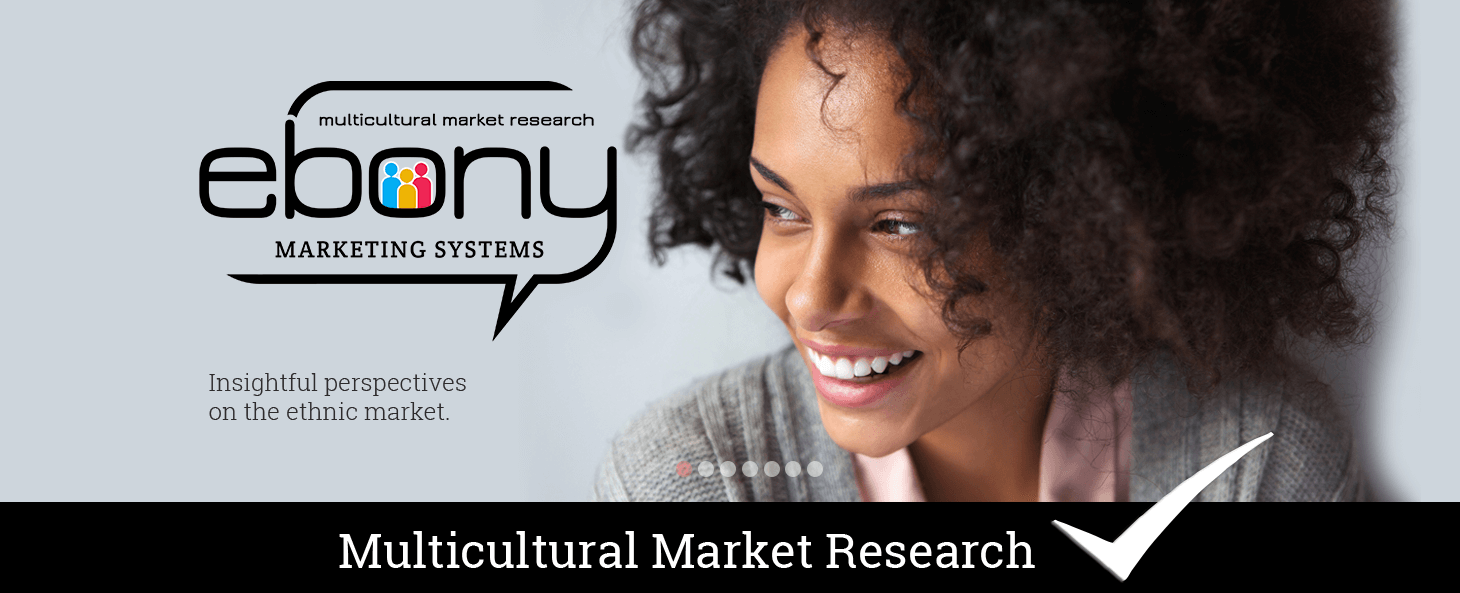Does Either One Serve Black Students?
American public schools and education systems continue to miss the mark when it comes to communicating authentically and honestly with Black students and their families. This has been especially evident during COVID, when empathy and transparency are not only important tools for building trust, but integral to ensuring the well-being and safety of their students. Two different, but similarly off-base, health responses from educational institutions have emerged, each misstep personified by the communications themselves:
Education System #1:
The City School District of New York is the largest school system in the United States, with over 1.1 million students taught in more than 1,800 separate schools. While it messages parents regularly with check-ins such as this one:
“It is hard to believe we are already in the second half of this unusual school year. I am so grateful for your continued perseverance and flexibility during these difficult times, including the added challenges of our recent snowstorms.”
…the messages here fail to fully capture the reality or challenge of the times.
Education System #2:
Best exemplified in the February 2021 NY Times article, “Missing in School Reopening Plans: Black Families’ Trust”:
“Deep-seated mistrust among Black families toward their public-school districts is holding back school reopening, even as Black children suffer inordinately from remote learning.”
The author goes on to point out that school closures have, “hit the mental health and academic achievement of nonwhite children the hardest, but many of the families that education leaders have said need in-person education the most are most wary of returning.” In this example, the communications more closely capture the reality of minority student experience, but fail to identify a way to improve the situation.
While both of these examples use New York City public schools as a backdrop — a system where “about 12,000 more white children have returned to classrooms than Black students, though Black children make up a larger share of the overall district” — the issue is hardly endemic to New Yorkers. In Oakland, CA just about a third of Black parents said they would consider in-person learning, compared with more than half of white families. The article also notes that Black families in Washington, Nashville, Dallas and other districts “also indicated they would keep their children learning at home at higher rates than white families.” In short, while there is a justified emphasis on re-opening schools, Black parents are not completely ‘on-board.’
This Phenomenon isn’t a New One
Last summer, the CDC found that 62 percent of white parents strongly or somewhat agreed schools should reopen, compared with 46 percent of Black parents, even though both groups expressed the same level of concern about the quality of their children’s education. When critiquing these communications and the systems behind them, it is important to understand where this discrepancy comes from. Education experts and Black parents say decades of racism, institutionalized segregation and mistreatment of Black children, as well as severe underinvestment in school buildings, have, “left Black communities to doubt that school districts are being upfront about the risks.”
Thus, the ‘tale of two systems’ begs for clarity and honesty. Public schools are, without question, in crisis as a result of the pandemic. Sonya D. Horsford, a professor at Columbia University’s Teachers College, emphasizes that this moment of crisis presents an opportunity for public schools to rethink much of what was not working for Black children. “It’s a great time to have that conversation about the source of mistrust and what we want as part of this recovery.” During this pandemic, business and industry have creatively found ways to acknowledge the reality of the situation and sustain viability through adaptation. Why can’t public schools do the same?
Ebony Marketing Systems, a multicultural market research firm, fully believes that the creativity needed to use this inflexion point to improve outcomes for Black students and other minorities is not only possible, but necessary. This is the time to engage administrators, educators, parents and students to explore the possibilities and use this pandemic as a catalyst to improve public education for minority students and thereby improve educational outcomes for all students. It requires bringing the two ‘systems’ together in structured dialogue to conduct a SWOT (Strengths, Weaknesses, Opportunities and Threats) analysis and begin to make the changes that will lead school systems on a better path. This is a strategy well known to marketing research and a viable option for our current crisis. These two educational ‘systems’ may not trust each other, but structured dialogue can change that and enable both sides to achieve their objectives — educating our children.




Leave a Reply